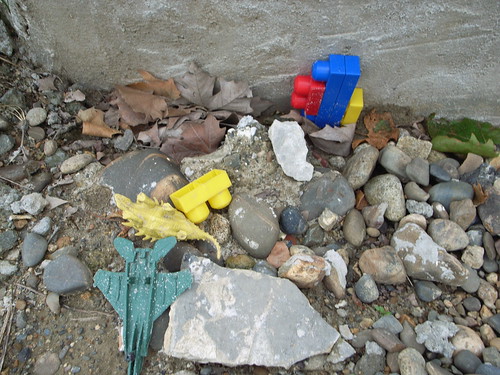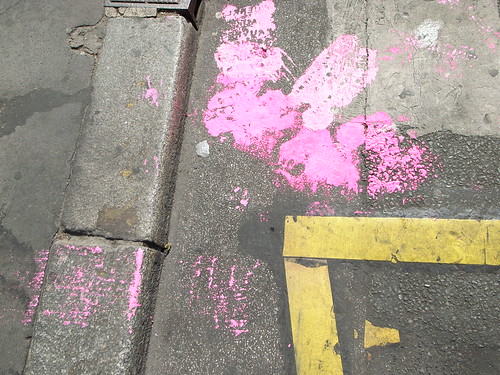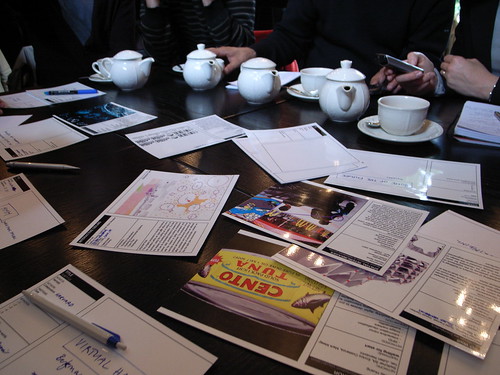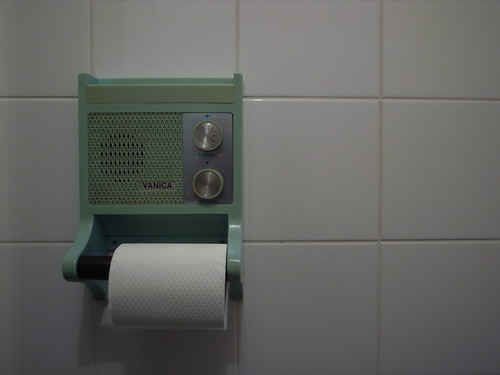Currently writing a paper about a framework for "mutual location-awareness" (i.e. the representation of significant others' whereabouts through specific interfaces), I felt the need to reading back some papers about needs of having a "framework". Reading some HCI literature is a good way to find some ideas about that; the excerpt I quote afterwards are not general theories about framework but examples of justification that are used for awareness and context-awareness in CSCW.
First, most of the papers that present a framework starts by describing the extreme open-ness of the field and the inherent need to have a clearer picture: "no clear overall picture of awareness has yet emerged from the X community", "Considering the broadness of the term Y, it is difficult for any single research effort to engage the term as a whole", "As we shall detail, there are a growing number of X Systems and a diversity of approaches".
These assertion leads researchers to express their concerns towards a "void" or a "lack a firm foundation"" that has consequences:
"Most importantly, this void means that groupware designers have little principled information available to them about how to support awareness in other domains and new systems. Faced with a blank slate for each new application, designers must reinvent awareness from their own experience of what it is, how it works, and how it is used in the task at hand."(Gutwin and Greenberg, 2002)
As expressed by Jones et al. (2004), a framework would enable to clarify the "design space":
"in particular, there is no agreed-upon conceptual framework for describing the design space. Without such a framework, it is difficult to characterize precisely what different systems have in common, let alone to explore systematically the range of possible designs. A framework can identify key
challenges and suggest important research opportunities. "
So it's about: (1) organizing the design space (list features, show choices to be made), (2) showing how important certain tasks can be supported, (3) suggesting ways in which key topics can be addressed, (4) enable to explore unexplored research areas.
The point is then - as described by Gutwin and Greenberg (2002) - to have " a descriptive theory of awareness for the purpose of aiding groupware design":
""The framework provides designers with a structure to organize thinking about awareness support, a vocabulary for analysing collaborative activity and for comparing solutions, and a set of
starting points for more specific design work. We do not give prescriptive rules and guidelines, however, since each groupware application will have to operate within particular awareness requirements dictated by the task and the group situation.""
Now, regarding how to achieve such a goal, building framework is about giving sense to the existing: "We synthesize and organize existing research on Y, and extend this work through a conceptual framework" as claimed by Gutwin and Greenberg (2002) using observations and insights of other developers, employing theories (psychologists, linguists, ethnographers, etc.), carrying out observational studies, developing technologies and applications.















 (Picture taken from
(Picture taken from 
 Left shoes (as well as other
Left shoes (as well as other 